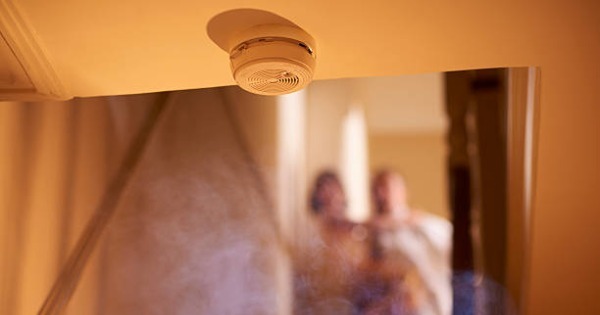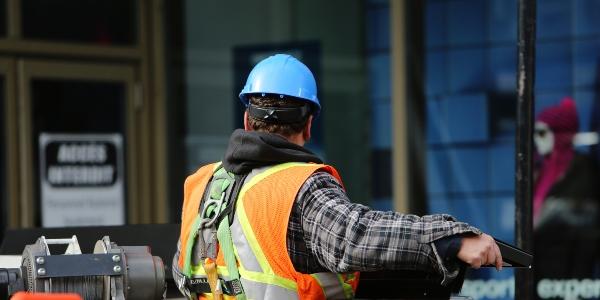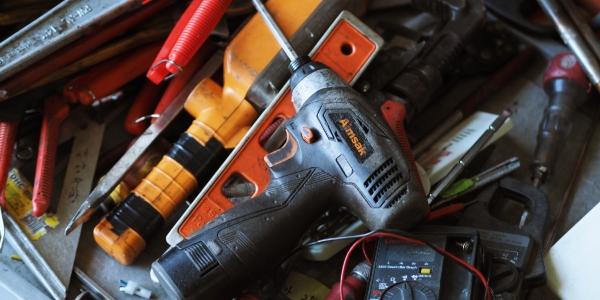Carbon Monoxide Safety

By Cotney Attorneys & Consultants.
Contractors must be cognizant of the carbon monoxide risks that can come with a residential reroofing project
The kind of story no roofer wants to hear is like the one about the woman in Oklahoma whose house filled with toxic carbon monoxide following roof replacement work. This odorless gas can get trapped in homes that have recently had roof work done on them.
The roofing crew accidentally roofed over her gas water heater vent and that is where the trouble started for her. The covered vent allowed carbon monoxide to build up and seep into her house.
Carbon monoxide inside a closed structure can be fatal within minutes or hours, depending on the level.
Thankfully, when she went to take a hot shower, the carbon monoxide detector she had installed just a few months earlier alerted her.
This is a lesson in safety for all roofers. Yes, homeowners need to check their exhausts shortly after roof repairs, but the onus is on the roofing crew to get it right.
Venting systems are in place to ensure that carbon monoxide and other dangerous gases are safely directed out of the house. The vent channels can run through walls in a house and out through the roof.
Many homes are heated by forced air furnaces and water heaters connected to natural gas. The hot and poisonous fumes are typically vented outside through sheet metal ducts that run through the attic onto the roof.
If a roofer unknowingly causes these vents to separate or covers them, it is big trouble.
These pipes are often loosely connected, so most will come apart when new roofs are installed. In addition, many roofers fail to check the attics once their work is done, putting homeowners at risk of deadly carbon monoxide fumes or fire if hot gases are exhausted near combustible material.
Following a heavy hailstorm, a California-based plumbing company found 10 homes that recently had roof repairs also had damage to vents that could have caused deadly results. They found the issues while installing new water heaters. So, instead of the ventilation systems working properly, carbon monoxide collected in the attic, putting families in danger.
On many occasions, when a roofer replaces flashing, they don’t readily see that a vent has come apart, so it is necessary to check the attic after such work is completed. The only other time most of these vents are inspected is when a new water heater is installed. Therefore, always go into the attic once roof work is complete to ensure no damage has been done to vents.
Thoroughly inspecting any roof vents once your roofing work is done is the responsible thing to do and could literally save lives.
Trent Cotney is an advocate for the roofing industry, General Counsel of the National Roofing Contractors Association (NRCA) and several other industry associations. For more information, contact the author at 866.303.5868 or go to www.cotneycl.com.
Disclaimer: The information contained in this article is for general educational information only. This information does not constitute legal advice, is not intended to constitute legal advice, nor should it be relied upon as legal advice for your specific factual pattern or situation.

-2025-xtv-mls-tour-2.png)



















Comments
Leave a Reply
Have an account? Login to leave a comment!
Sign In